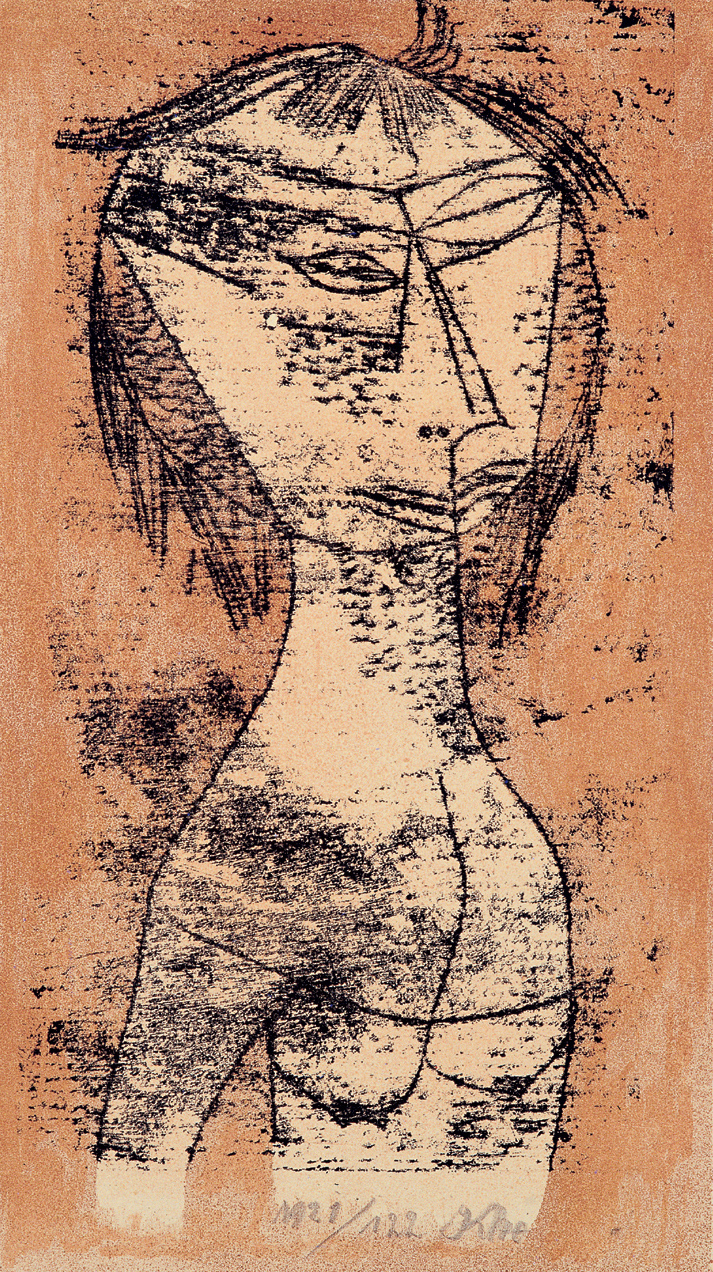Archives for Year: 2017
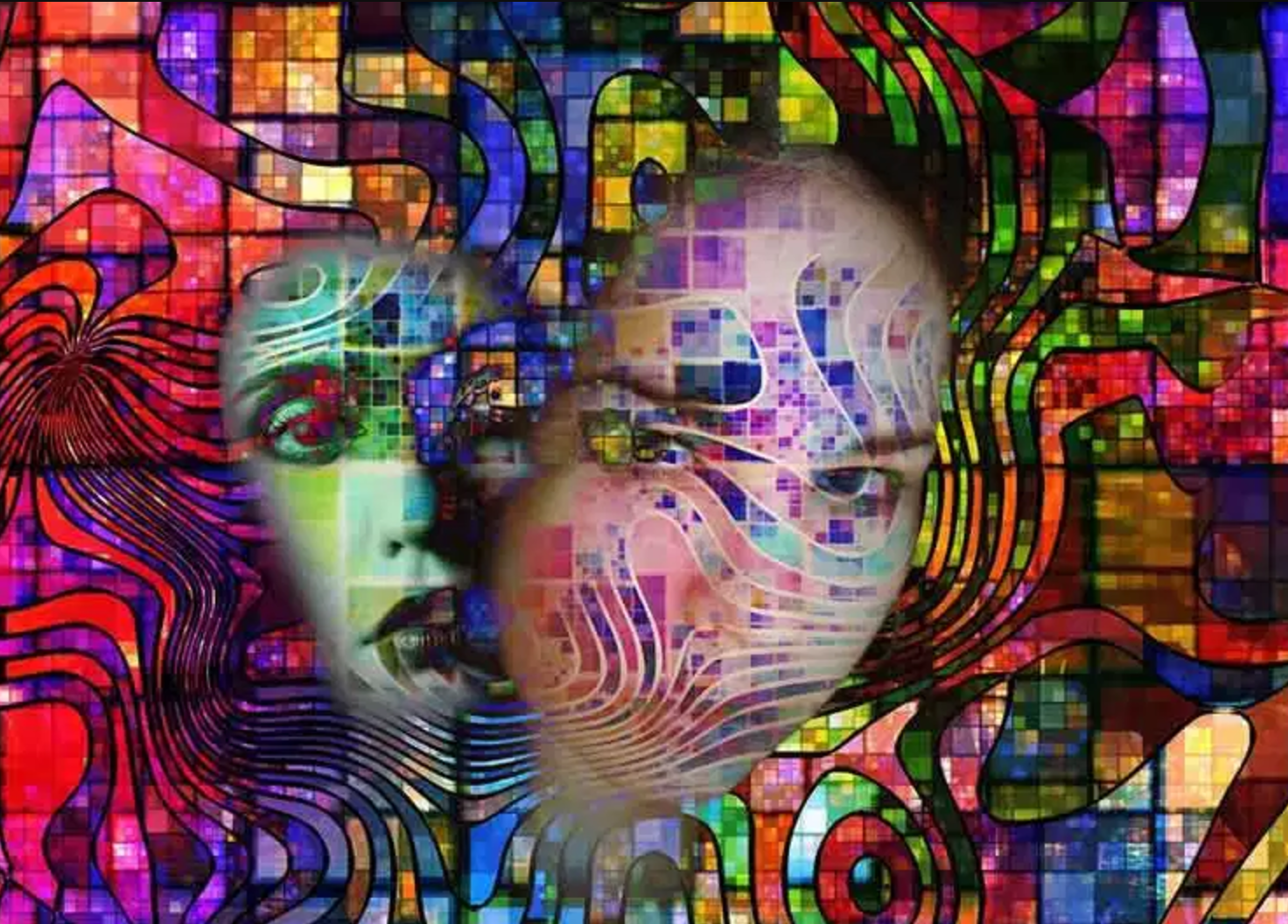
Perennialism and Primitivism In Psychedelic Religions, Part 1 (Roger Green)
The following is the first of a three-part series. The second part can be found here. In this essay I am going to explore New Religious Movements (NRMs) emergent in the twentieth and twenty-first centuries that use entheogens or psychedelic substances as sacrament. This means that the use of mind-altering substances…
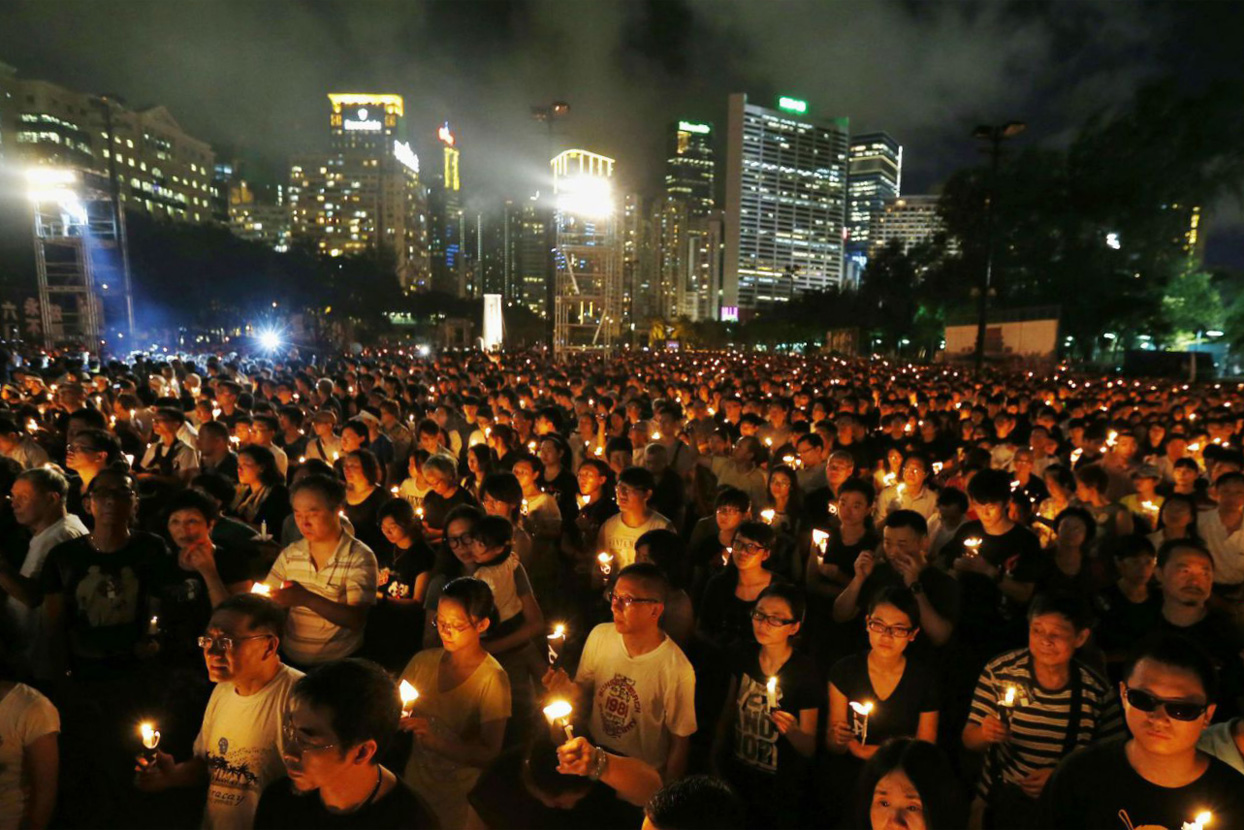
On Affect Theory And Art Criticism, Part 2 (Jeremy LeMahieu)
The following is the second installment of a two-part series. The first part can be found here. There are two common methods of writing about this experience. One describes the experience and brings it into the realm of representation. The other explains how the experience was created through a process…

On Affect Theory And Art Criticism, Part 1 (Jeremy LeMahieu)
The following is the first installment of a two-part series. There it is. Here you are. The encounter with art. Before, during, and after the recognition of the art object. Before, during, and after the art has been broken down into its essential formal elements. Before, during, and after having…
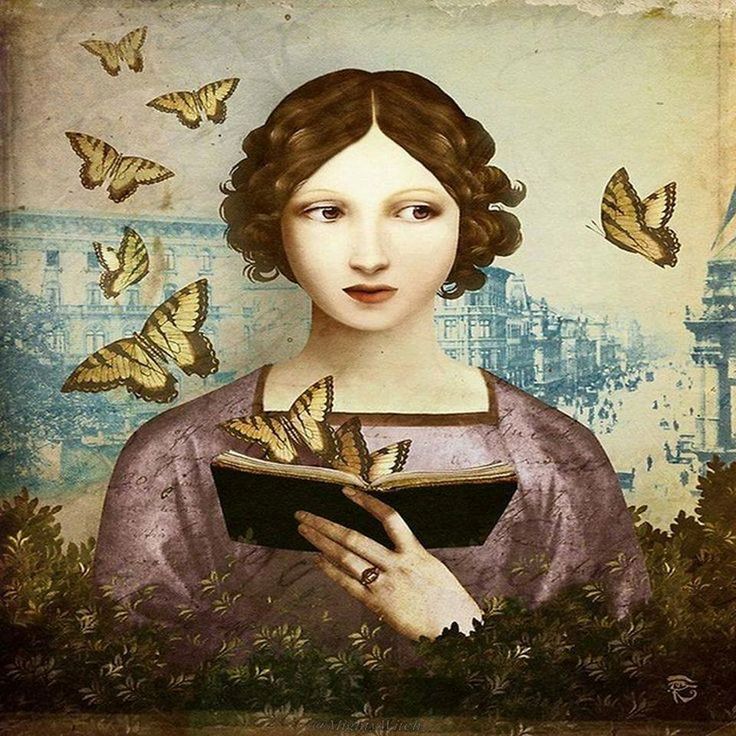
Library Of Dreams – Bibliotherapy And The Beautiful Barrio (Joy Roulier Sawyer)
Years ago I pursued a doctorate in the interdisciplinary fields of art, psychology, and theology. At the time, I served as poetry editor for a flailing literary journal with the same three-part focus, an enterprise that eventually folded, as did many publications of that era. I felt intuitively that our…

The Tiny House Movement – Where Less Is Really More (Rebekah Gordon)
The current vogue for so-called “tiny houses”, where people live in as little as 100 to 400 square feet, derives in many respects from the earlier artistic movement known as minimalism. Following the reductive trajectory of modernism, and reacting against the emotionalism and politicalization of abstract expressionism, minimalism – a style of abstract art…
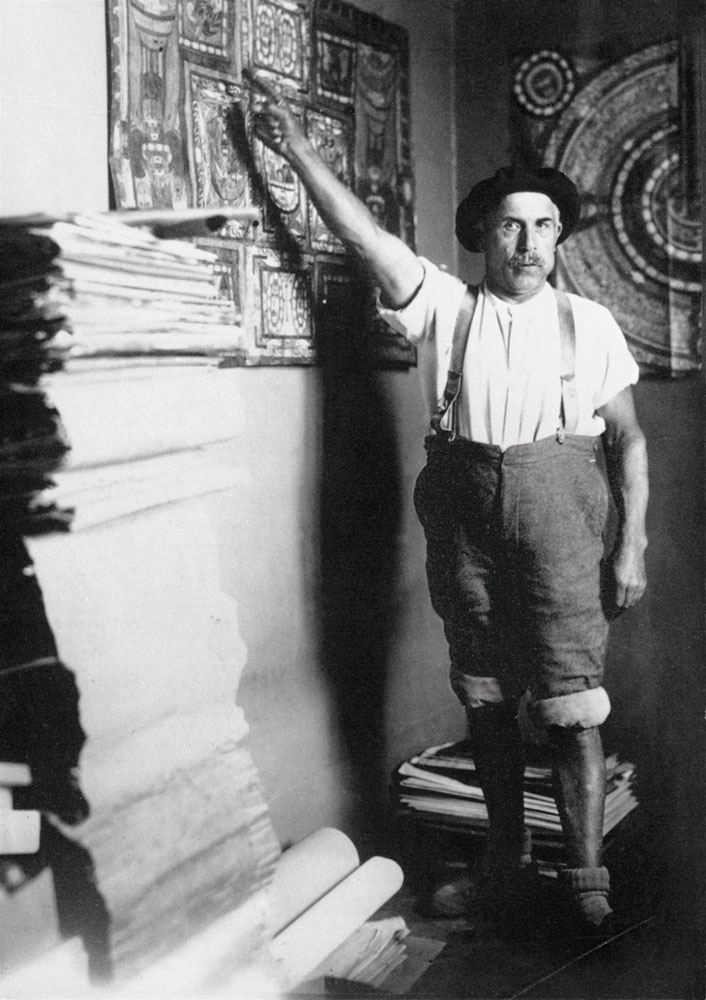
Art And Madness, Part 2 (Iwo Zmyślony)
The following is the second installment of a two-part series. The first installment can be found here. Less than a year prior to the publication of Prinzhorn’s book, another major publication came out titled Madness and Art. The Life and Works of Adolf Wölfli (Ein Geisteskranker als Künstler), where the…
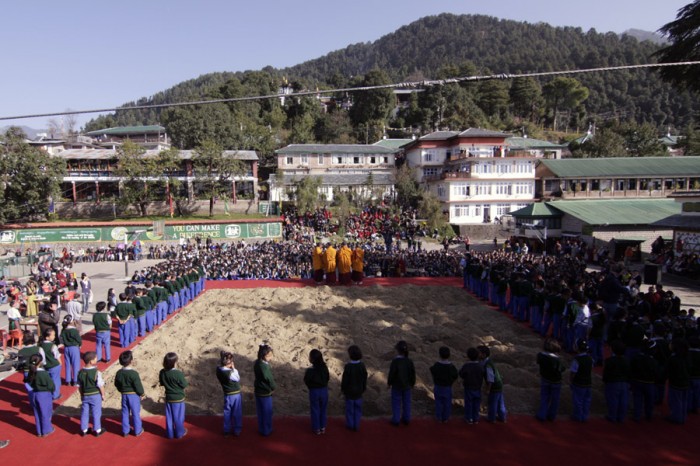
Lost Horizon – (Dis)location And Identity In Contemporary Tibetan Art (Sarah Magnatta)
In 2011, artist Tenzing Rigdol surreptitiously moved over 20,000 kilograms of dirt from Tibet into the exile community of Dharamsala, India for an installation titled Our Land, Our People. Thousands of Tibetans in the area came to view and touch the land, some with memories of a Tibetan landscape…

Querying And Queering The Virgin – Sacred Iconography And Profane Iconoclasm In The Art Of Frida Kahlo (Tina Kinsella)
A contemporary icon of those on the periphery and for those who are dispossessed, Frida Kahlo’s paintings draw on her mestizaje inheritance and personal experience of marginality ― political, cultural, sexual, gendered ― to produce an iconoclastic iconography that contests the supposedly centred subject of modernity. As with many female…
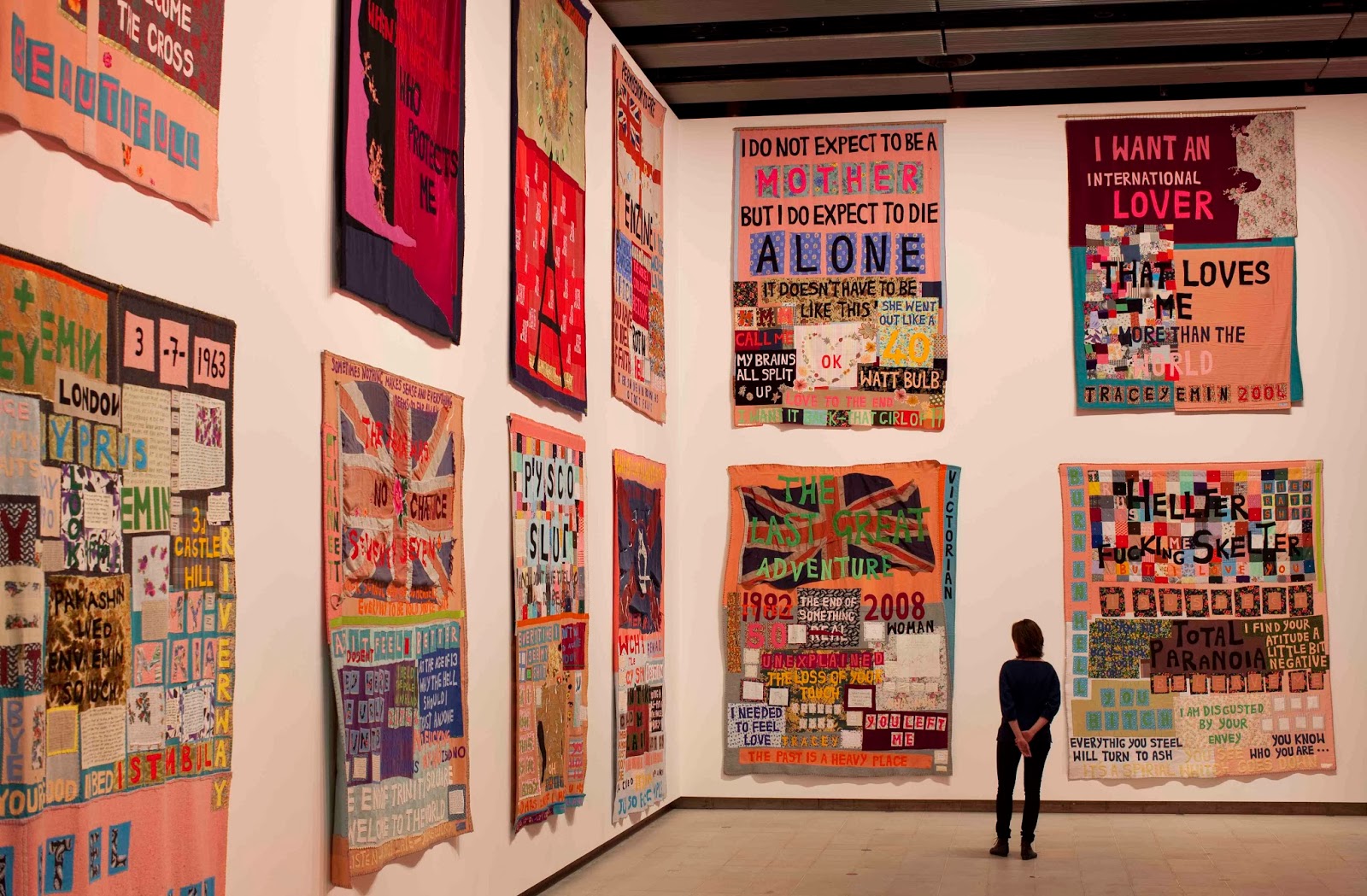
But Is It Art? – Searching For Simple, Practical, And Illuminating Answers, Part 2 (Jakob Zaaiman)
The following is a second installment of a two-part series. The first part can be found here. The question then arises, how does the “theatrical pretense” – and its invitation to a theatrical narrative – relate to inanimate crafted objects such as paintings, or sculptures? The answer is that, in the…

